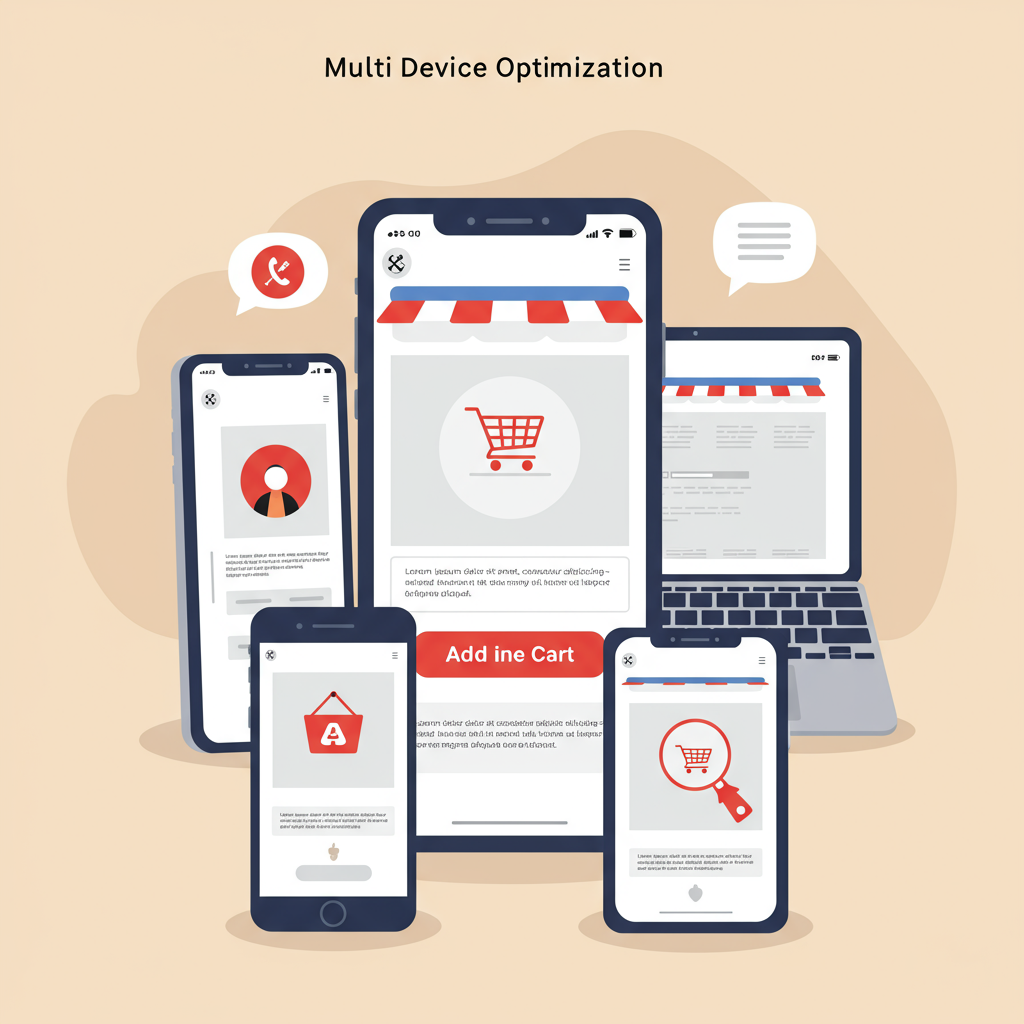Unlocking E-commerce Success in a Mobile-Dominated World
As a Shopify merchant, I’ve witnessed firsthand the incredible shift in how customers interact with online stores.
The world has gone mobile, and if your e-commerce strategy isn’t reflecting that, you’re likely leaving a lot of money on the table.
Think about it: when was the last time you made a significant online purchase exclusively from a desktop computer?
For many of us, our smartphones are our primary gateway to the internet, including our shopping habits.
Statistics consistently show that over half of all e-commerce traffic now originates from mobile devices.
If your Shopify store isn’t optimized for these users, you’re not just inconveniencing them; you’re actively pushing them away.
That’s why I’ve become such a strong advocate for a mobile-first design strategy.
It’s not just about making your desktop site shrink to fit a smaller screen, which is a common misconception.
Instead, it’s about designing for the smallest screen first, prioritizing content and functionality for mobile users.
Then, you progressively enhance the experience for larger screens, adding more complex elements as space allows.
This approach forces you to be ruthless with your content and design choices, ensuring only the most essential elements are present.
On a small screen, every pixel counts, and clutter is the enemy of conversion.
Identify your core message, your most important products, and the clearest path to purchase.
Another critical principle is speed. Mobile users are notoriously impatient.
Slow loading times on a mobile connection can lead to immediate abandonment.
To achieve this, I always recommend optimizing all your images, leveraging browser caching, and minimizing unnecessary code.
Your choice of Shopify theme is absolutely crucial in this regard.
Always select a theme that is inherently responsive and built with mobile performance in mind.
Many modern Shopify themes are designed this way, but it’s still important to verify.
Before committing to a theme, I always test its demo on my own smartphone to see how it performs.
High-resolution images are fantastic for showcasing your products, but not at the expense of speed.
While Shopify often handles some image optimization automatically, I still recommend compressing images before uploading them.
Tools like TinyPNG or Compressor.io can significantly reduce file sizes without compromising quality.
Mobile navigation needs to be intuitive and easy to use with a thumb.
The ubiquitous hamburger menu is your friend here, neatly tucking away secondary navigation links.
Ensure your call-to-action buttons, like ‘Add to Cart’ or ‘Checkout,’ are large, tappable, and clearly visible.
Product pages are conversion hotspots, so they need special attention on mobile.
Keep product descriptions concise and scannable, using bullet points for key features.
Use high-quality, zoomable product photos that load quickly.
Make the ‘Add to Cart’ button prominent and easy to find, ideally ‘above the fold’ on the mobile screen.
The checkout process is where many potential sales are lost due to friction.
On mobile, this means streamlining every step.
Offer guest checkout options to avoid forcing new customers to create an account.
Enable autofill for address fields and integrate popular mobile payment options like Shop Pay, Apple Pay, or Google Pay.
I can’t stress this enough: test, test, test!
Test your Shopify store on various mobile devices, screen sizes, and operating systems.
Use tools like Google’s Mobile-Friendly Test to identify potential issues.
Explore Shopify’s App Store for mobile optimization tools that can help with speed, image compression, or even mobile-specific pop-ups.
Don’t forget accessibility. Ensure sufficient color contrast, use clear, readable fonts, and provide alternative text for images.
Once your mobile-first store is live, monitor its performance using Shopify Analytics and Google Analytics.
Pay close attention to mobile conversion rates, bounce rates, and time on site.
Be prepared to iterate based on user behavior and feedback.
What are your biggest challenges when optimizing your Shopify store for mobile?
Embracing a mobile-first approach isn’t just a trend; it’s a fundamental shift in how we design and operate e-commerce businesses.
It’s about meeting your customers where they are, on the devices they use most.
By prioritizing the mobile experience, you’re not just improving aesthetics; you’re directly impacting your bottom line.
Start today, and watch your mobile conversions soar.
Your customers, and your sales figures, will thank you for it.






